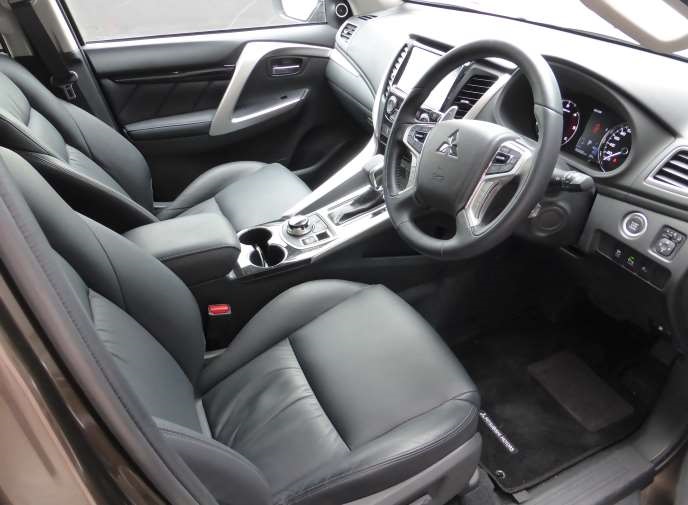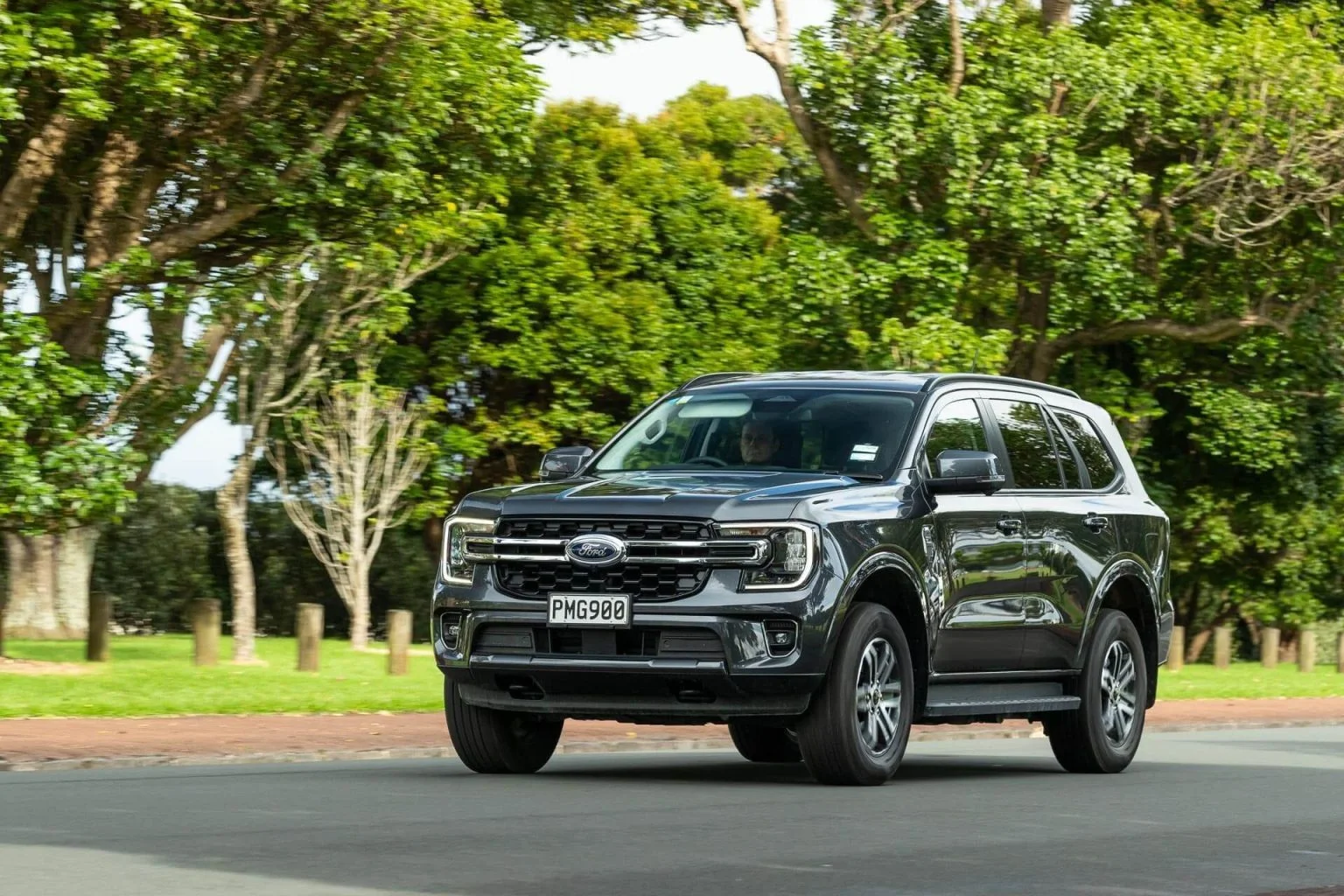Mitsubishi Pajero Sport VRX 2016 new car review
If you were to name a sport for the Pajero, it would be tug o’ war - it doesn’t have the cut and thrust of badminton.

Sport is an overused term for cars these days. If you were to name a sport for the Pajero, it would be tug o’ war because it doesn’t have the lithe cut and thrust of badminton.
But if you need to tow something, be it a boat, horse or trailer, the Pajero Sport should have enough capacity for you.
You can hook up 3100kg (braked), and the 2.4-litre turbo diesel will employ its 437Nm and 135kW to get you moving through its eight-speed automatic gearbox. The kerb weight of the Pajero itself is only 2060kg, but the tyres are nice fat 265/60R18s to keep the trailer from monstering you on the road.
Ute-underpinnings not perfect
On the road, it’s a bit bouncy, feels large and wanders in the lane a bit too much but I’d imagine with a large weight on the tow bar and a boot full of luggage that will settle down nicely. Its Triton underpinnings do it lots of favours when bush-bashing, but not on the tarmac.
The gearbox shifts quickly and has useful paddles to give you control. I found this good on long descents where the Pajero’s engine braking couldn’t overcome its weight, thus saving the brakes. The Pajero Sport appears larger than it is at 4.79m in length and 1.82m in width. This is shorter and narrower than a BMW 5 Series. Height is 1.8m.
The rear is large with a substantial overhang and gaping chasms above the wheels to accommodate suspension travel. The rear overhang hinders the departure angle at 24 degrees while the approach angle of 30 degrees is helped by the short and rounded nose. The fact that there’s not much in the way of a protruding bumper at the back means not much protection for those rear lights, which remind me of an upside-down Volvo.
It does have an exceptionally low coefficient of drag (0.4) due to the smoothing at the front, which helps contribute to the claimed 8L/100km fuel economy. In the real world, it sat in the mid 9-litres per 100km, and it has a 68-litre fuel tank, giving somewhere around 700km on a full tank.
It has a wading depth of 700mm, ground clearance of 218mm and a turning circle of 11.2m.
Space to spare
Up to 1624L of boot space is available with the back seats folded, or 673L with them up. Room for passengers is ample, with the bonus of comfortable leather seats (the front seats are heated). The rears have a reclining feature, but there are no air con vents.
The cabin is quite similar to the Triton ute in that some of it looks a bit dated while other pieces are quite stylish amid the purely functional. The new seven-inch infotainment system comes with a bunch of fresh technology like Apple Car Play/Android Auto functionality and Bluetooth phone integration.
To give the drivetrain a bit of a test I took it north of Auckland on to some gravel roads and undulating fields; nothing too severe as it was just me and no backup if I got stuck. As mentioned previously, on the highway it is bouncy and tends to need a lot of correcting. On gravel in 2WD mode, it occasionally had unusual sideways movements which the electronics corrected, but not all that swiftly (i.e., I sometimes beat the electronics to the reaction).
Off the road, though, it was exceptional. I drove on some fields over lumpy stuff with around 30 degrees of angle (it will cope with up to 45 degrees). There was no hesitation, and the four-wheel drive performed flawlessly. There’s a hill descent system which seems a bit redundant seeing as you can just shove the gearbox in low range and let it crawl you downhill at 3kph.
Safety features are excellent with blind-spot monitoring, forward collision mitigation, LED headlamps, reverse camera, rear parking sensors, adjustable speed limiter, trailer stability, brake assist, traction control, hill-start assist and stability control.
As a road vehicle, the Pajero Sport could do better, but if you’re going to use it predominantly off-road or for towing, there’s not much to fault.
Price: $49,990
Image gallery
Also consider





